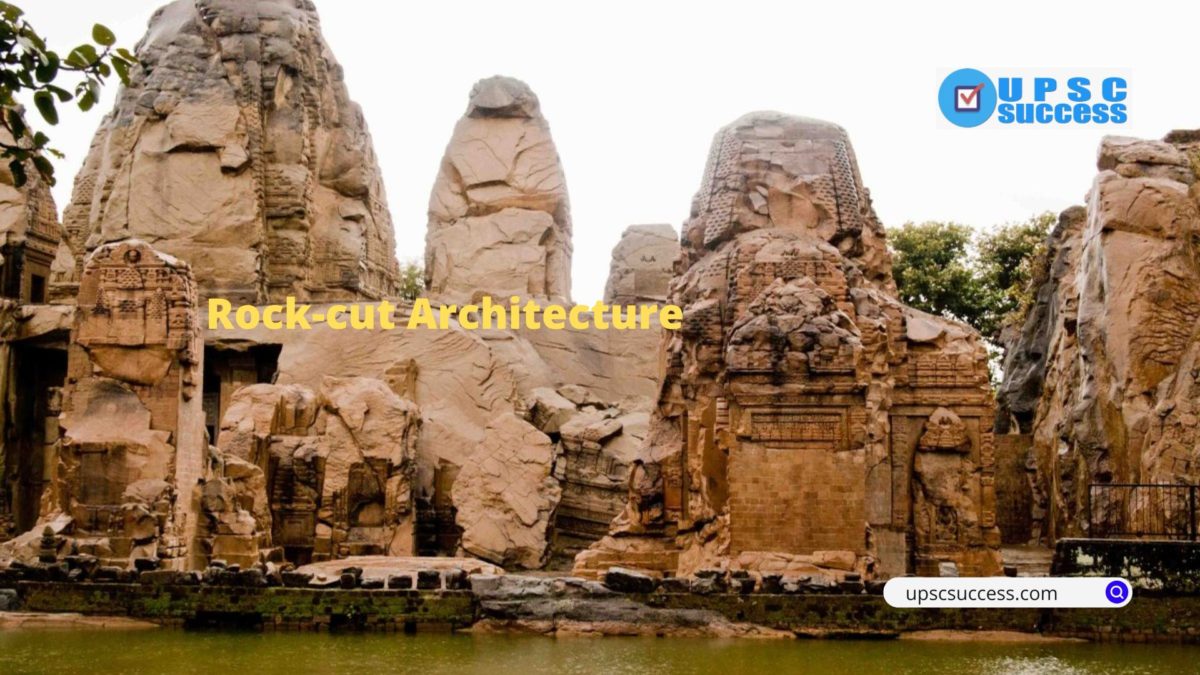Rock-cut architecture has served as an important means to decipher the culture, religion, customs and skills of our very talented artisans.
Rock-cut architectures are a great reservoir of knowledge holding and carrying forward the legacy for centuries.
An important source of knowledge:
- Society: The earliest caves were inhabited by humans for the purpose of paintings, as shrines and shelters.
The Bhimbetka caves (a World Heritage Site) on the Deccan Plateau, contain primitive tools and decorative rock paintings reflecting the interaction of humans with their environment. The interaction which to date holds an important part of survival.
- Political: Kings patronised the caves in order to show their might, to increase their holdings and influence and for the purpose of providing facilities to the wanderers.
Examples:
- Barbara caves: Ashoka,
- Ellora caves: Rashtrakutas,
- Badami : Chalukyas
- Centres of Education: Many caves were used as centres for education and for the purpose of preaching.
Example: In the western ghats, kanheri caves were the biggest centres of education.
- Environment Conservation: Water resources are prevalent at Kanheri which shows water harvesting was practised at caves
- Economic: Many caves were specially carved out at the famous trade routes to facilitate and regulate trade.
Example: Bhaja and Karle were famous trade routes in western Ghats which used to connect seaports to interiors.
Conclusion:
Thus the ample knowledge preserved by the rock-cut architectures provides insights into the life and times of ancient people and helps us decipher their society through their own prism as seen from their paintings and tools discovered in these caves.

